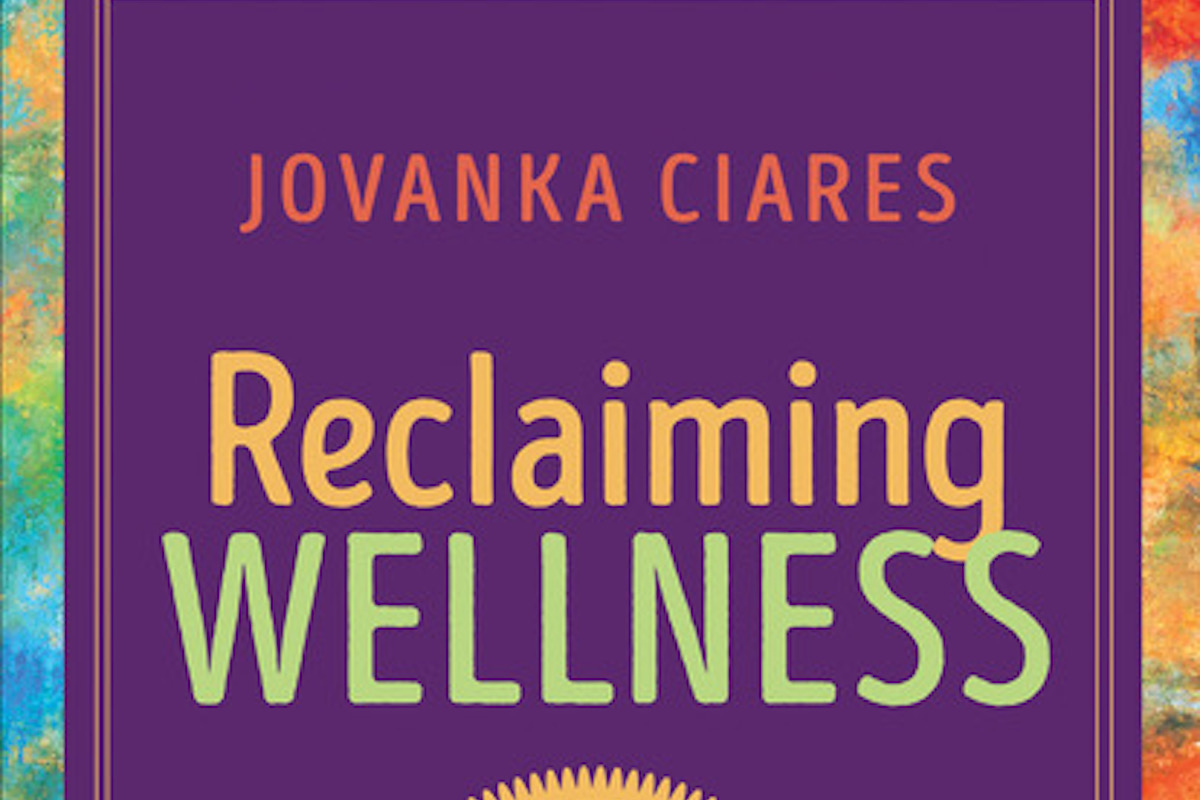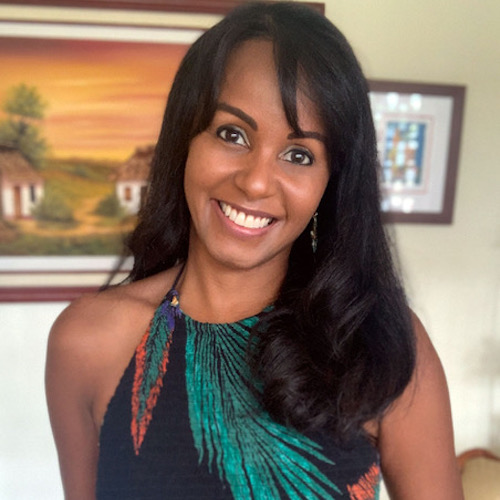
An Excerpt from Reclaiming Wellness by Jovanka Ciares
Everyone knows movement is important. It’s one of the simplest things in the world, right? We start moving even before we’re born and don’t stop until we take our last breath. Yet we often take mobility for granted, that is, until one day we or someone we love lose our mobility. That realization came to me when I was nineteen years old and my maternal grandfather, Papi Jaime, was diagnosed with a form of multiple sclerosis (MS).
At first, we thought he was just being forgetful and naturally slower and stiffer with age. Yet MS affected him quickly, damaging his central nervous system and disrupting his body’s communication with the brain, eventually robbing him of his ability to remember or to walk, talk, eat, and breathe on his own. He died at seventy-five after being bedridden with little to no mobility for almost six months.
The loss of my grandfather was devastating, but I found blessings through the loss. Even as a teenager, I felt that Papi Jaime was too young to die. He was a musician, a music teacher, with a beautiful singing voice and a wonderfully sweet disposition. He was brilliant, loved books, and enjoyed telling me, my sisters, and my cousins all sorts of stories to entertain us. He sat with us to watch cartoons (the coyote and roadrunner made him laugh out loud, with tears rolling down his smiling face); he serenaded my grandmother on Mother’s Day with a full ensemble; and he brought Puerto Rican pastries into the house as a treat that we all devoured in a single sitting. Near the end of his life, he was so ill, he could barely remember us or hold his own spoon. The saddest part of this journey was that I felt like I still had a lot to learn from Papi Jaime; I wasn’t ready for him to leave us.
That was my first wake-up call, or what I now call a “wellness jolt.” I remember wondering whether MS could be inherited. Was I destined like Papi Jaime to struggle with a disease I would have no control over? I assumed that a sedentary lifestyle was partly responsible, and I made the choice then to be more active and learn more about movement.
Our premodern ancestors moved a lot more than we do today. Humans have gone from a lifestyle with a wide variety of foods and abundant daily movement to one with limited nutrients, calorie-dense foods, and a dramatic reduction in physical movement. However, we are still, evolutionarily speaking, the same species, and our bones and soft tissues atrophy without movement.
However, getting a healthy amount of movement does not require aggressive workouts or spending hours on end at the gym developing six-pack abs. To me, movement is much more about overall well-being, which includes body, mind, and emotions. Of course, we want to be fit, and we want to look great (vanity, right?), but healthy movement is about liberation, confidence, and freedom of body, mind, and soul.
A plethora of research shows how important movement is for our health and well-being. Plenty of research also shows us how bad sitting and being sedentary are for our health. About two hundred years ago, people sat for about five hours a day. Today, we sit for thirteen to fifteen hours a day. All this idleness for hours on end increases our risk for chronic and life-threatening diseases like diabetes, heart disease, and cancer. Every system in the body, from circulation to elimination, is affected by lack of movement and long hours of sitting.
According to the World Health Organization, here are some of the dangers of a sedentary lifestyle:
- Increased weight and metabolic syndrome
- Weakening of muscle and reduced balance
- Increased anxiety and depression
- Increased chances of cancer
- Increased chances of heart attack and stroke
- Increased insulin resistance and diabetes
- Potential for deep vein thrombosis
- Stiffer joints, especially neck, shoulders, hips, and back
Reducing a sedentary lifestyle takes time and discipline, and it involves more than going to a yoga class or the gym once a week. The following tips are meant as a starting point to get moving in the right direction, pun intended:
Movement at Home
- Spend the first three minutes each day stretching a little, either in bed or just next to it.
- If you have a pet or young child, spend time being physical with them before getting ready for the day.
- Get a treadmill, stationary bike, or stand-alone pedals to move your legs while watching TV.
- Walk while doing daily tasks like brushing teeth or checking social media.
- Pick a corner of the house to tidy up or clean and do it while standing up.
- Use smaller drinking glasses or containers to force you to get up and get more fluids.
- Grow plants inside, on a patio, or in a yard and tend them each day.
Movement while Out and About
- Stand on public transportation, then get off one stop sooner than your destination and walk the rest of the way.
- Park as far from the entrance to a shop or building as is feasible.
- Skip the elevators and use the stairs.
- Consider getting a bike to commute to work or run short errands.
- Always wear comfy shoes outside to encourage walking.
Movement at Work
- Organize walking meetings instead of sitting ones.
- Put your trash bin far away from your desk or station and put something in the trash several times a day.
- Take a walk during lunch breaks.
- Get a standing desk.
- Walk over to talk to colleagues in person instead of messaging or emailing.
- Set a reminder or alarm to stand up and walk a little every thirty minutes.
Excerpted from the book from Reclaiming Wellness: Ancient Wisdom for Your Healthy, Happy, and Beautiful Life. Copyright ©2022 by Jovanka Ciares. Printed with permission from New World Library — www.newworldlibrary.com.
We’d love to hear from you! Please send us your suggestions for future articles. And if you’re a writer, please see our writer’s submissions page for details.

